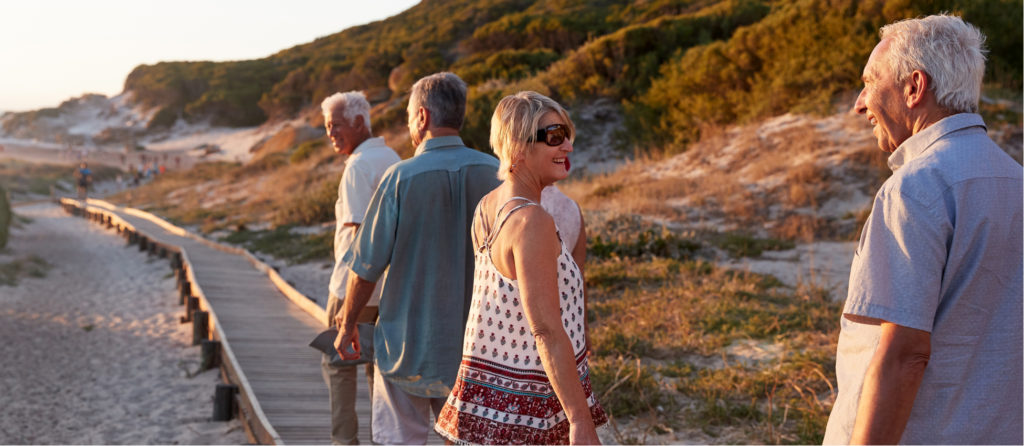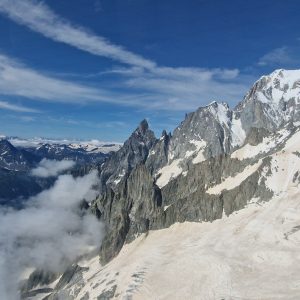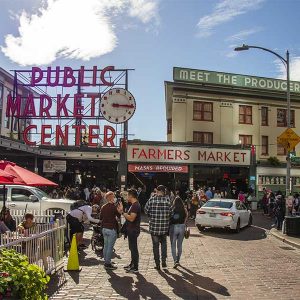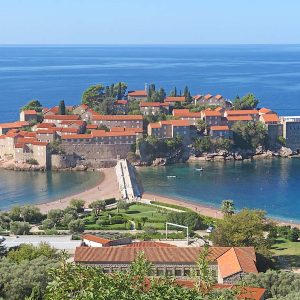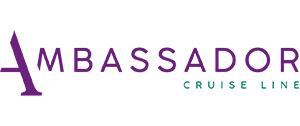by Chris Caldicott
Less than 1% of Australians ever visit Thursday Island. So they don’t know what they are missing. To be fair its not an easy place to get to. Some of the Australian islands of the Torres Strait, while only a few kilometres south of Papua New Guinea, are thousands north of Canberra. I feel immensely privileged to be here.
Named after the Spanish navigator Luís Vaz de Torres, who sailed through the strait in 1606, The Torres Strait Islanders, are an ethnically distinct group of Australasian peoples living on the island remnants of a submerged pre Ice Age land bridge that once linked Australia with Melanisia, between the Arafura and Coral Seas.
We anchor to be ferried ashore by tenders, out in a bay, of glistening crystalline water surrounded by idyllic looking white sand beaches and islands draped in lush jungle flora,.
As its Sunday lunchtime, Thursday Island’s town beach is busy with families barbecuing that morning’s catch. Dancing adults swaying to the rhythms of local musicians, keep a close eye on giggling children cavorting in the shallows. The calm turquoise sea hosts hidden dangers! The potentially deadly box jelly fish, man eating salt water crocodiles and sharks that have kept mass tourism away from Thursday Island, need to taken seriously. I only risk a tentative paddle as relief from the 40 degree heat. The only bar open is in the island’s Grand Hotel. This delightful tropical watering hole, straight out of central casting with a vast open air terrace cooled by spinning ceiling fans, serves a fabulously cold Great Northern craft beer.
I had boarded Viking Orion 8 days earlier in Bali, overnight we sailed over the deep ocean trench known as the Wallace Line, after 19th century British naturalist Sir Alfred Wallace, who observed this as the dividing line between the fauna of Asia and Australasia. Our first port of call is Lombok, a more typically Islamic Indonesian island with a grand mosque and lively street markets between rows of colonial era Dutch houses in the island’s capital Mataram.
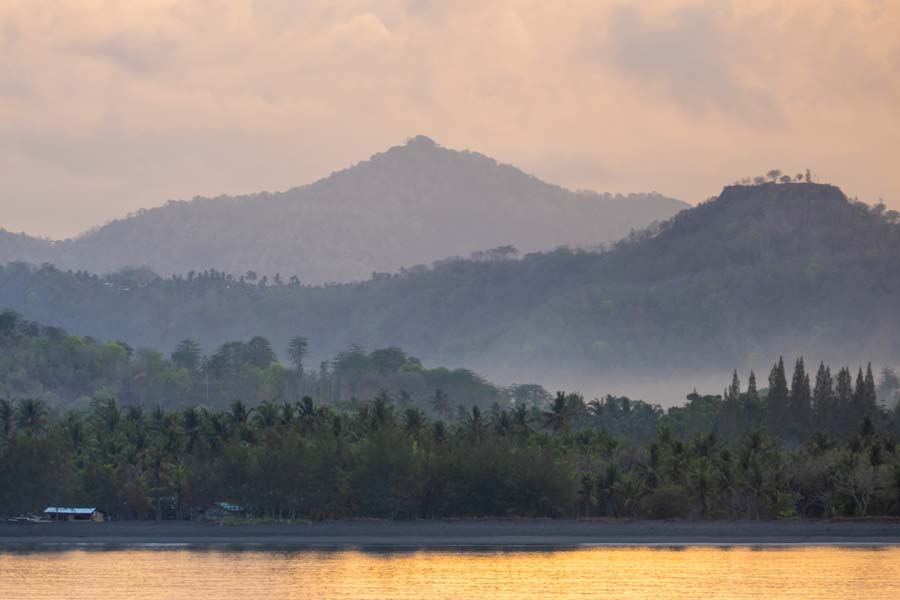
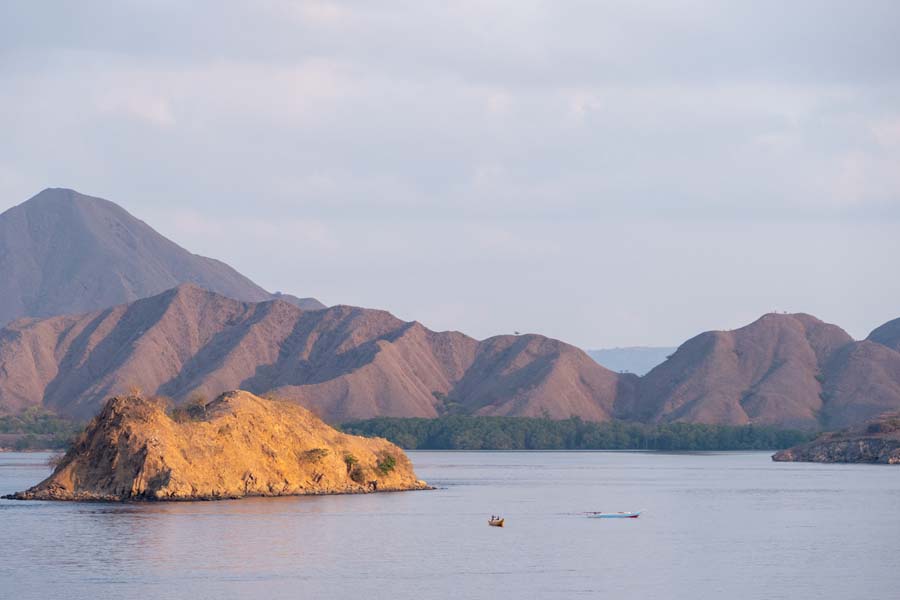
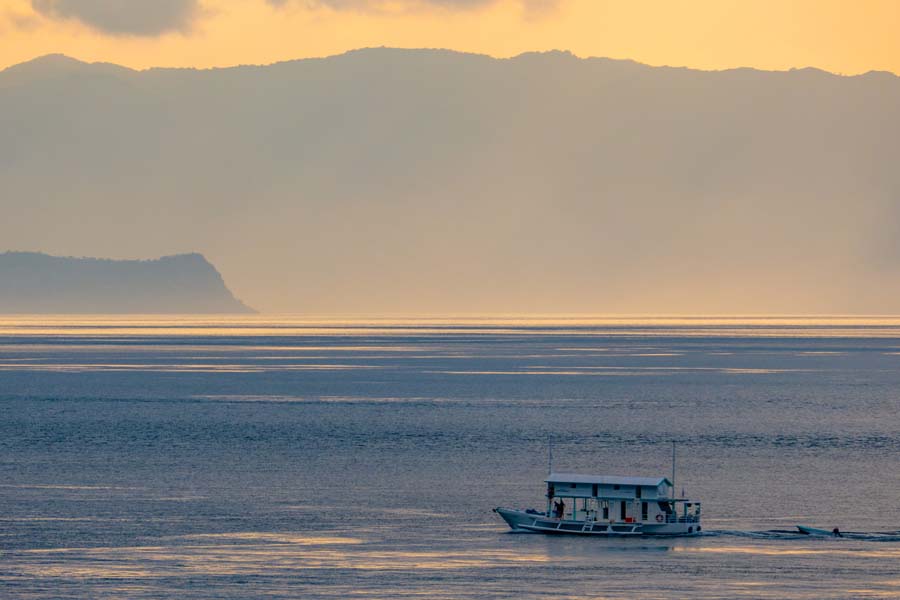
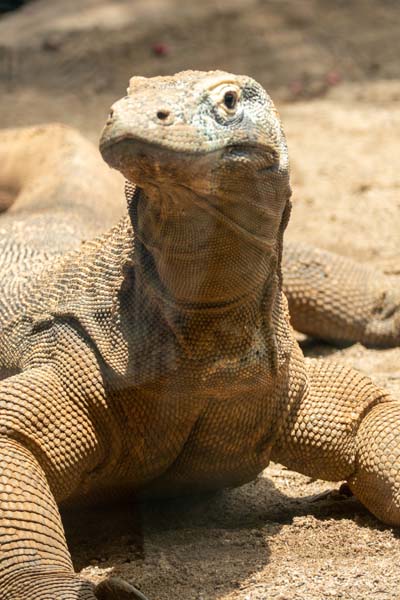
Rugged islands emerging under moody tropical skies at dawn the following morning provide a suitably exotic prelude to our close encounters with the ‘dragons’ of Komodo on Rinca Island. These giant deadly prehistoric lizards, seen safely from an elevated boardwalk, are impressive in size but rather disappointingly lethargic except for a few amusing tree climbing baby dragons.
On our first ‘sea day’ there is time to enjoy life on board. Lingering jet lag ensures an early start. Watching a full moon set over the Timor sea to port side as the sun simultaneously sun rises above it to starboard encourages several quarter of a mile laps of the promenade deck before breakfast.
I join a hands on cooking school class to learn the art of creating a perfect Mexican Ceviche Pescado and Tortilla Soup which we enjoy for lunch. Inspiring afternoon lectures on pre and post colonial Australian history are food for thought during a later poolside rest under a warm sun in a perfectly blue sky.
As one of the remotest towns anywhere on earth, Darwin where our Australian odyssey begins unexpectedly reveals itself as a dynamic, affluent, friendly city full of pleasures. First stop is the magnificent Museum and Art gallery of the Northern Territory (MAGNT).
The local guide begins her welcome with the statement; ’I pay my respects to the Larrakia people and acknowledge them as traditional custodians of this land and sea country. I pay my respects to the elders, past present and emerging. And it is my sincere hope that we walk softly together on a path to reconciliation’.
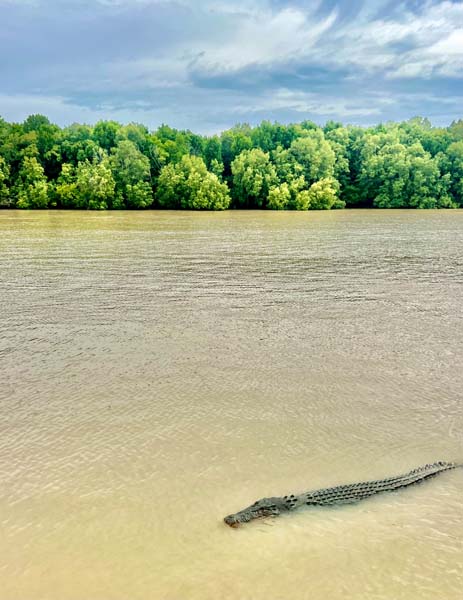
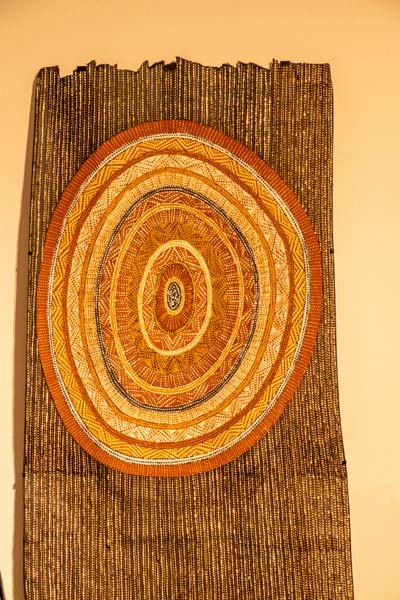
Similar declarations of respect and inclusivity towards Australia’s first nation indigenous peoples soon becomes routine everywhere we visit. Nowhere embraces this new era of reconciliation better than the MAGNT with its innovative installations of traditional and contemporary dot and bark paintings, wood carvings and sculptures from nearby island and desert communities. The modern multi cultural Asian flavour of Darwin, makes it one of the culinary capitals of the world. Even more impressive than the extraordinary choice and quality of cuisine and cocktails on offer in the town’s thriving super cool cafe society, is the affordability of so much fun.
The obligatory safety briefing before our Adelaide River Crocodile Cruise the next morning, suggests that in the unlikely event of needing them, life jackets will offer less than a zero chance of us surviving the veracious appetite of the huge, prehistoric man eating salt water crocodiles we have come to see. And we see lots!
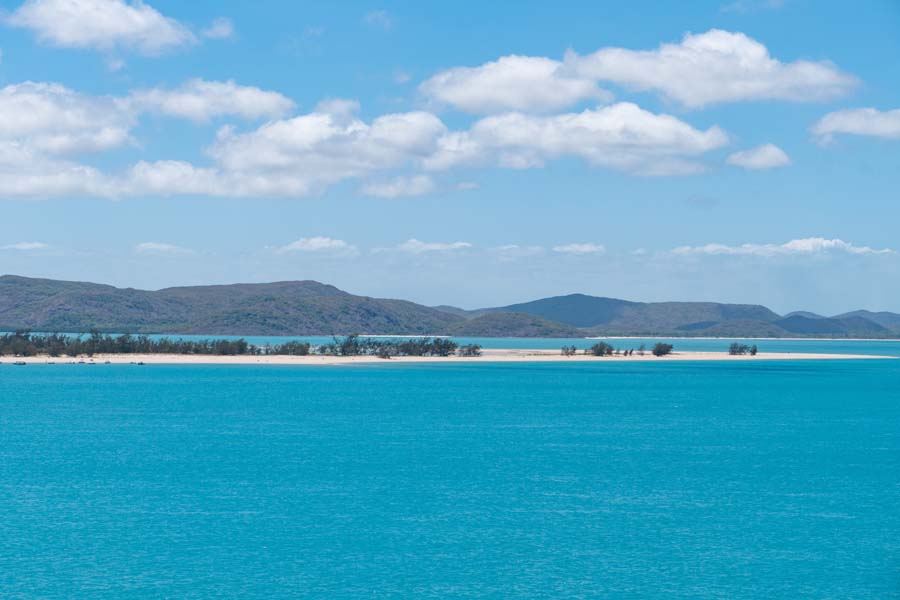
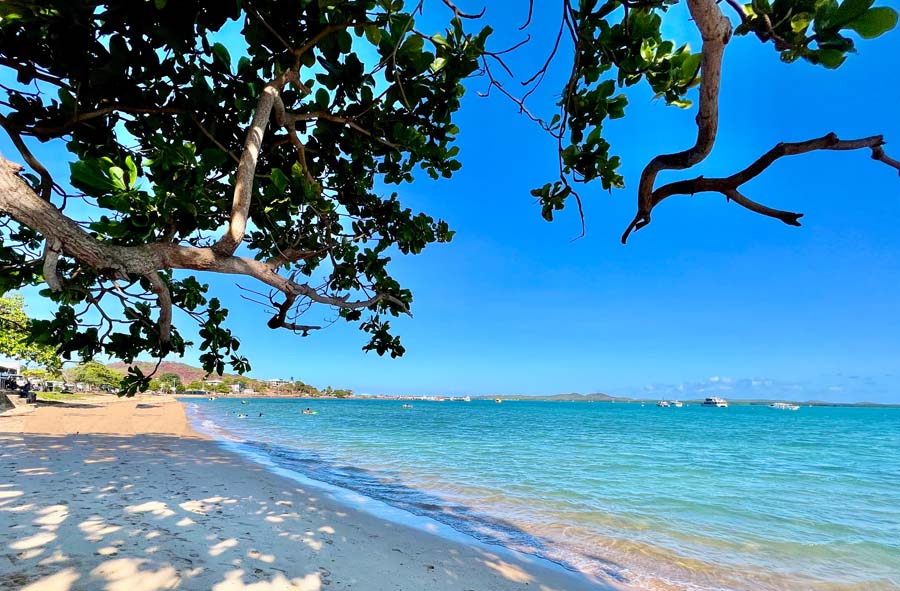
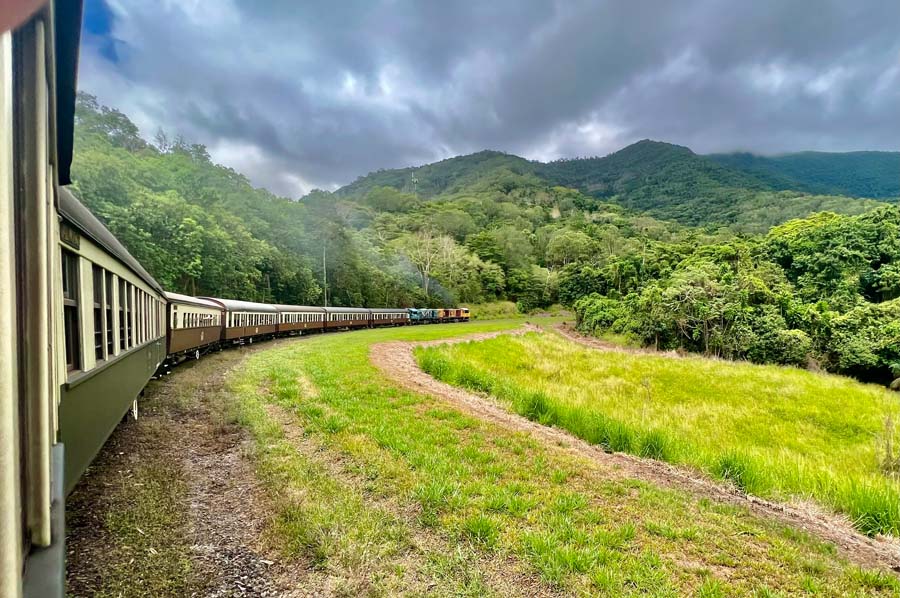
After navigating a passage through the shallow maze of reefs and islands of the Torres Strait, Viking Orion heads south along the Queensland coast of the Coral Sea.
The nostalgic locomotive charm of my vintage train ride climbing up through the Daintree rainforest from Cairns to the Kuranda hill-station, is a mere prelude to a stunning decent above it on the Skyrail Cableway. Suspended, sometimes at almost touching distance above rainforest canopy, in a glass floored cablecar gives a whole new perspective of the immensity of this tropical ecosystem. The cruise dock in Cairns is right in the centre of town so there is time before boarding to down a few craft beers like the superb blood orange IPA served in the stylish futuristic dockside Hemingway’s Brewery.
Our snazzy diving launch takes over two hours to speed across the Coral Sea between Townsville and the off shore John Brewer Reef dive site. It feels rather strange to be so far from land and anchor above a maze of coral canyons just below the surface. Beyond the colourful treats of swimming among myriad tropical fish and coral this reef is also the site of the unique MOUA, Museum of Underwater Art. Designed to be properly explored by fully equipped divers, as mere snorkelers we only get distant glimpses of extraordinary underwater sentinel sculptures and deep sea installations.
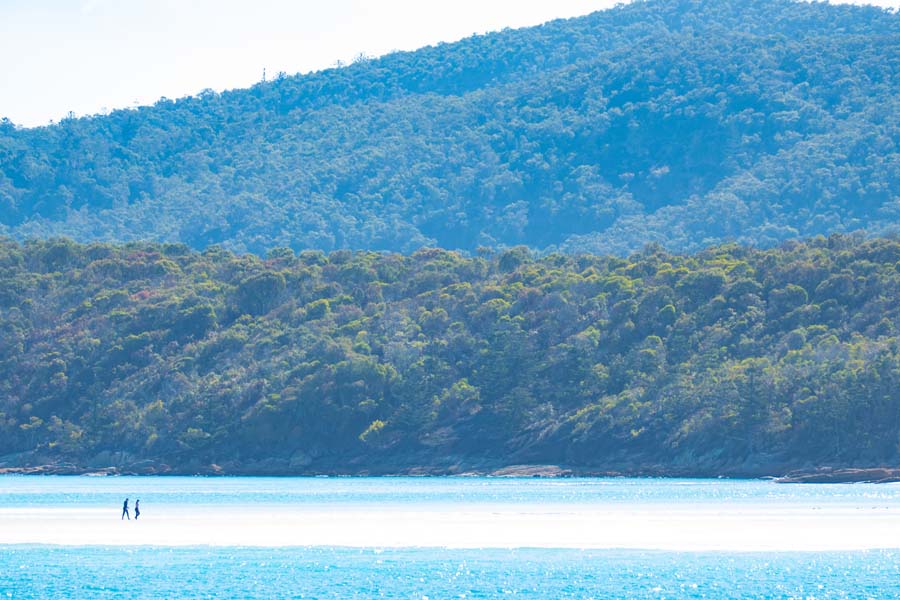

By the time we anchor off Airlie Beach we have sailed far enough south for Queensland’s beaches to be less threatened by crocodiles, but not by summer invasions of potentially deadly box jellyfish. Places like Airlie get round this with netted safe swimming sites like Boathaven Beach, between laid-back cafes and beachwear boutiques that line the boardwalk along the waterfront. Views of lone tourists exploring impossibly white sand bar beaches in glittering bays of blue with backdrops of verdant hills on our afternoon ‘Sailing the Whitsundays’ excursion confirms why this is one of the most popular destinations along this coast.
By the time we reach Mooloolaba, Queensland’s Sunshine Coast can at last offer us unlimited seaside fun. And it does so with aplomb. The beaches are fabulous, endless and safe. For anyone seeking surfer chic its also a shoppers paradise. Anyone wanting to cuddle a koala or kangaroo just needs to head for the town’s famous Australian Zoo.
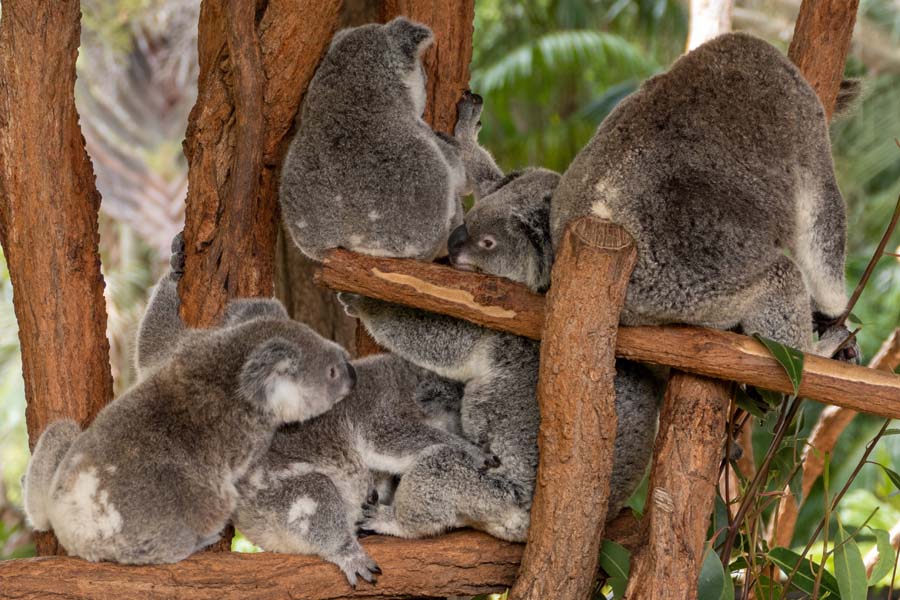
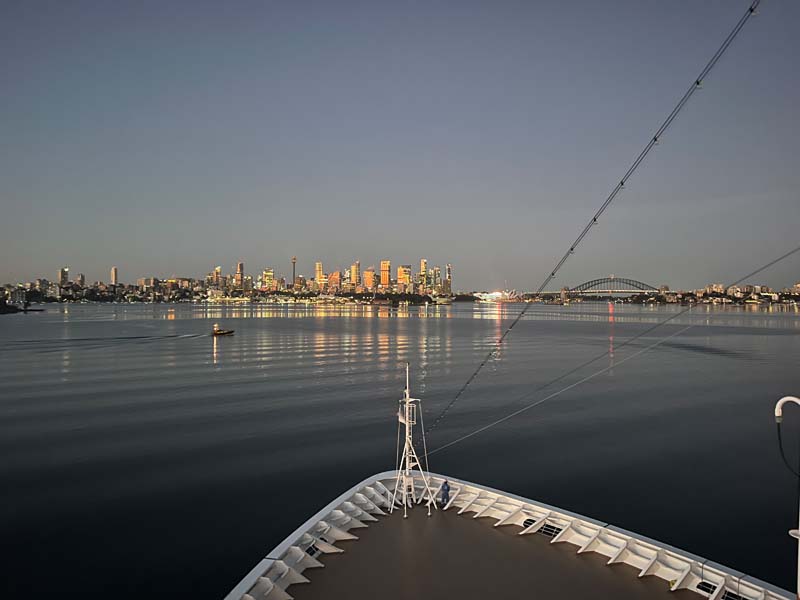
Newcastle, our first port of New South Wales, with a reputation as an industrial coal mining town held little promise. Low expectations, however often provide scope for being proved spectacularly wrong, as I soon was. This elegant city of colonial era architecture between green parks, stunning beaches has hinterland of eucalyptus forests and the vineyards of the Hunter Valley.
Sailing at dawn into any of the great port cities of the world is always a thrill. As Viking Orion is gently guided by a pilot into the harbour on a balmy mid summer morning, Sydney is defiantly one of the most spectacular. We sail slowly right past the famous sail shaped roofs of the opera house, under the iconic harbour bridge and are comfortably docked before most Sydney residents have had breakfast.
Find out more:
Chris sailed on Viking’s 16 night Komodo & the Australian Coast cruise. Prices start from £6,590 per person for a 7-23 December 2024 sailing, based on current availability.
To make a booking please call 0800 319 66 60 or visit www.viking.com.
